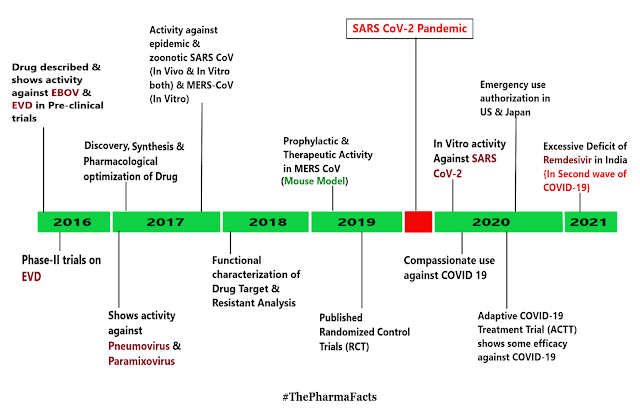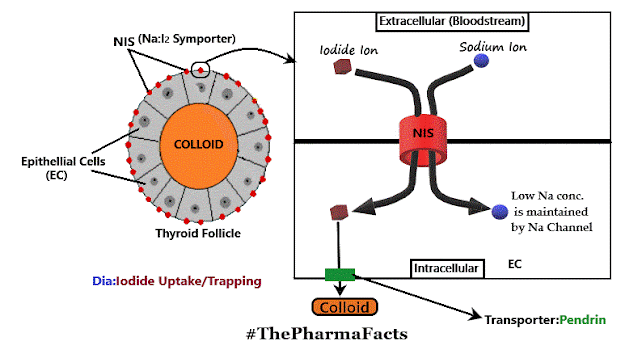CEPHALOSPORIN : ANTIBIOTIC
Cephalosporins
- Derived from a fungus
Acremonium which word is previously known as Cephalosporium
- Discovered in 1945 by Brotzu
- He observed that the culture produced substances which were effective against Salmonella typhi (an agent causing typhoid)
General Information:
General Structure:
SAR Of Cephalosporins:
1. 7-Acylamino substituents:
- Acylation of the amino group generally increases potency against gram positive bacteria, but decrease in gram-negative potency.
- High antibacterial activity is observed only when the new acyl groups are derived from carboxylic acids for gram-positive bacteria.
- Substituents on the aromatic ring that increases lipophilicity provide higher gram-positive activity and generally lower gram-negative activity.
- Phenyl ring in the side-chain can be replaced with other heterocycles with an improved spectrum of activity and pharmacokinetic properties and these include thiophene, tetrazole, furan, pyridine, and aminothiazoles
2. C-3 Substituents:
- The nature of C-3 substituents influences pharmacokinetic and pharmacological properties as well as antibacterial activity.
- Modification at C-3 position has been made to reduce the degradation (lactone of diacetyl cephalosporin) of cephalosporins.
- Pyridine and imidazole replaced -ACo (Acetoxy) group show improved activity against aeruginosa.
- Displacement of -ACo group by azide ion yields derivatives with relatively low gram-negative activity.
- Displacement with aromatic thiols of -ACo group results in an enhancement of activity against gram-negative bacteria with improved pharmacokinetic properties.
- Replacement of -ACo group at C-3 position with -CH3, -Cl has resulted in orally-active compounds.
3. 1st
Position (S-Position):
- Oxidation of ring sulphur to sulfoxide or sulfone greatly diminishes or destroys the antibacterial activity.
- Replacement of sulphur(S) with oxygen(O) leads to Oxazepam (Latamoxef) with increased antibacterial activity, because of its enhanced acylating power & replacement of sulphur(S) with -CH3 group (Loracarbef) has greater chemical stability and a longer half-life.
4. C-4 Position:
- Carboxyl group of 4th the position has been converted into ester prodrugs to increase bioavailability, and these can be given orally as well (Cefuroxime Axetil and Cefpodoxime Proxetil).
5. C-7 Position:
- Introduction of α-methoxy group (-OCH3), shows higher resistance
to hydrolysis by β- Lactamase enzyme (Cephamycin).
6. Olefinic/Alkene Linkage:
- Compounds that contain only hydrogen and carbon and at least one double or triple bond is known as Olefinic Linkage.
- This linkage between C3 & C4 is essential for antibacterial activity.
- Isomerization or
transfer of olefinic bond from C3=C4 to C3=C2 leads to great loss in
antibacterial activity.
For "SAR of PENICILLIN" 👉 just_touch_me 😊
..FOLLOW NORMS 😷↔️😷 SAVE HUMANITY..




Comments
Post a Comment
If you have any query or If you like the post,Please let me know.